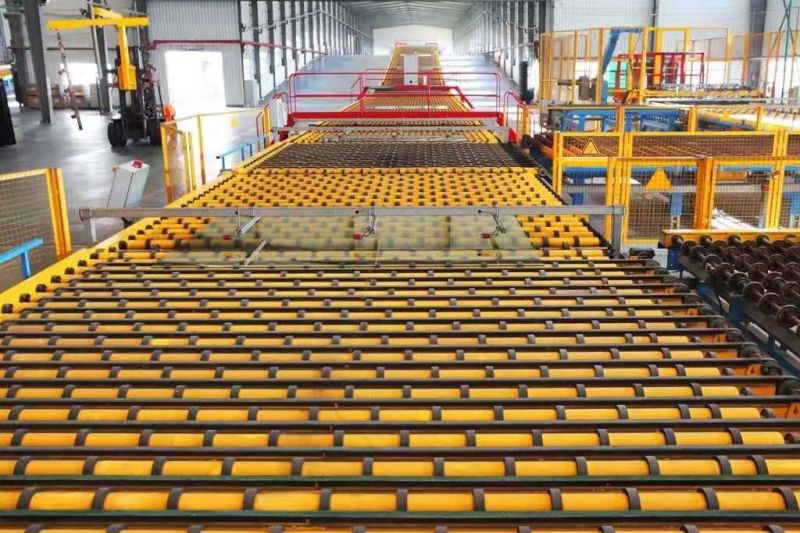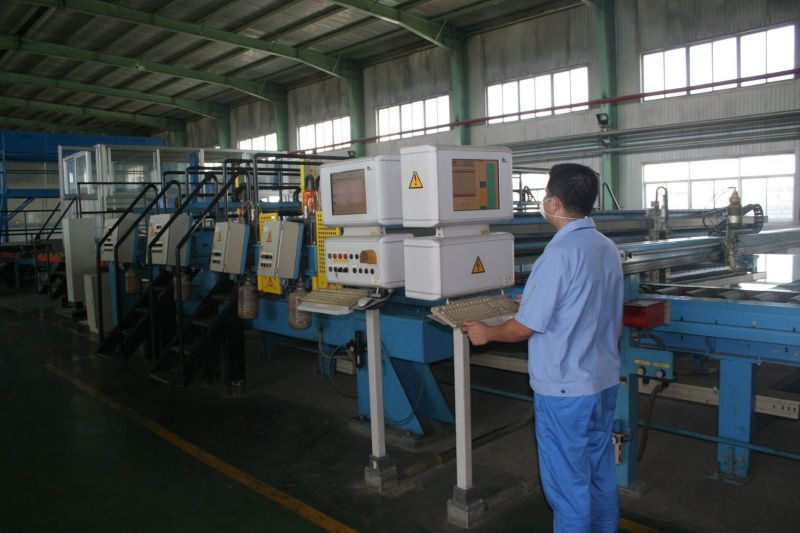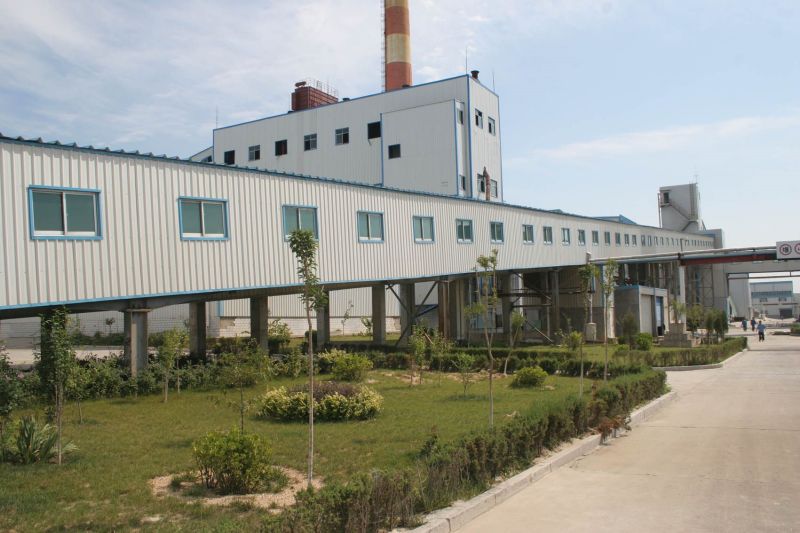

Global float glass market is expected to reach 68. 49 million tons by the end of this year and is expected to register a CAGR of over 5. 5%, during the forecast period. The major consumer of float glass is the construction industry.
...

With the restart of a few construction activities after the COVID-19 Pandemic, the demand for float glass is coming back on track, which somehow may balance the market for float glass in residential and commercial applications till the mid of 2021?
Key Highlights
Over the short term, major factors driving the market studied are the increasing demand from the construction industry, along with recovering the automotive industry.
Some of the factors restraining the demand for the market studied include the rising raw material prices, declining demand for certain types of glasses, and environmental impact related to float glass production, among others.
Nevertheless, huge growth potential from solar sector is likely to create lucrative growth opportunity in the studied market.
Asia-Pacific dominated the market across the world with the most substantial consumption from countries like China and India.

Key Market Trends
Increasing Demand from Building and Construction Segment
Float glass has become a fundamental element in architectural and design projects ranging from gleaming skyscrapers to modern co-ops and opulent villas to stylish workplaces. In commercial applications, float glass is becoming increasingly popular. It enables the construction of structures while giving the sense of being outside and providing the benefits of being inside and sheltered from the weather.
In building and construction applications, float glass is majorly used in windows for both functional and aesthetic purposes, which allow clear sights for customers looking out of the window, and at the same time, protect them from the elements such as UV radiation.
In addition, the growing urban population and the rise in disposable income of the world population are a few other major factors that have significantly boosted the growth of infrastructure and construction activities worldwide. The growth of construction and infrastructure development directly links to the demand for float glass, which tends to drive the growth of the market.
The recent trend suggests a rapid change in building architecture, with the use of float glass in facades and roofs optimizing natural daylight. Furthermore, the market drivers include technologies such as Low-E and triple silver insulated goods.

According to the Institution of Civil Engineers, the volume of construction output is forecasted to grow by 85%, with a revenue of USD 15.5 trillion worldwide in the upcoming decade, led by emerging countries such as India and China and developed countries like the United States. The growing commercial construction in a wide range of sectors, including education, retail, healthcare, office commercials, and so on, increases the demand for float glass, which drives the growth of the market.
The global construction market was valued at around USD 7.2 trillion in 2021, and it is likely to rise with a growth rate of 3.6% in 2022, which is likely to support the demand for float glass from various construction applications.
According to the American Institute of Architects, overall non-residential building construction in the United States is expected to grow to 3.1% in 2022. The construction of hotels is expected to rise by 8.8% in 2022 and of office spaces by 0.1%.
All such aforementioned developments are expected to drive the demand for float glass in the construction industry through the years to come.?
Asia-Pacific Region to Dominate the Market
The Asia-Pacific region is expected to dominate the market for float glass during the forecast period owing to the demand from industries such as construction and building, solar panels, etc. in the countries like China and India.
The Chinese government is focusing on the expansion of float glass production capacity projects. Float glass also achieved rapid growth in production and sales in China. As of September 2021, the industry accounted for 299 active production lines with a capacity of 197,600 tons per day. Additionally, from January to September 2021, 14 float glass production lines were resumed, with a production capacity of over 9,900 tons per day.

According to the International Trade Organization, China is the world’s largest construction market and has the highest rate of urbanization globally. According to data from the American Institute of Architects (AIA) Shanghai, by 2025, China is likely to have built a city equivalent to 10 in New York since the 1990s. Furthermore, the construction industry is expected to account for 6% of the country’s GDP by 2025. The Chinese construction sector plays an increasingly important role in stimulating the economy and stabilizing employment.
The use of automotive glass in the production of windshields, side windows, and rear windows has significantly improved safety in all parameters. According to the International Trade Organization, China remains the world’s largest automotive market in terms of both annual sales and production, with domestic production expected to reach 35 million units by 2025. In 2021, China’s EV industry was worth USD 124.21 billion. In addition, the sales of electric vehicles in China are anticipated to reach 6 million units by the end of 2022 as demand in the vehicle segment soars.
In India, in September 2022, Kotak Special Situations Fund (KSSF), managed by Kotak Investment Advisors Limited (KIAL), announced an investment of about INR 450 crores in Gold Plus Glass Industry Limited, a float-glass manufacturer. This investment would accelerate the company’s expansion plans, bring significant benefits to the industry and help make India self-sufficient in glass, where over 30% of glass demand is currently imported.
In May 2022, Asahi India Glass’ Board of Directors approved the expansion of its production capacity through the construction of a Greenfield Float Glass plant. The new production plant would be used mainly for internal consumption toward localization of raw glass for auto & architectural processing. All such trends are likely to enhance the demand for float glass in India.
Some of the major companies operating in the Asia-Pacific region are AGC Inc., Nippon Sheet Glass Co. Ltd, and GUARDIAN GLASS LLC.
All the factors, in turn, are projected to have a significant impact on the market growth in the region during the forecast period.
Competitive Landscape
The global float glass market is consolidated; the top five players dominated global production with a significant share in 2021. Some of the key companies in the market include AGC Inc., Saint-Gobain, GUARDIAN GLASS LLC, Nippon Sheet Glass Co., Ltd, and? I? ect, among others.


